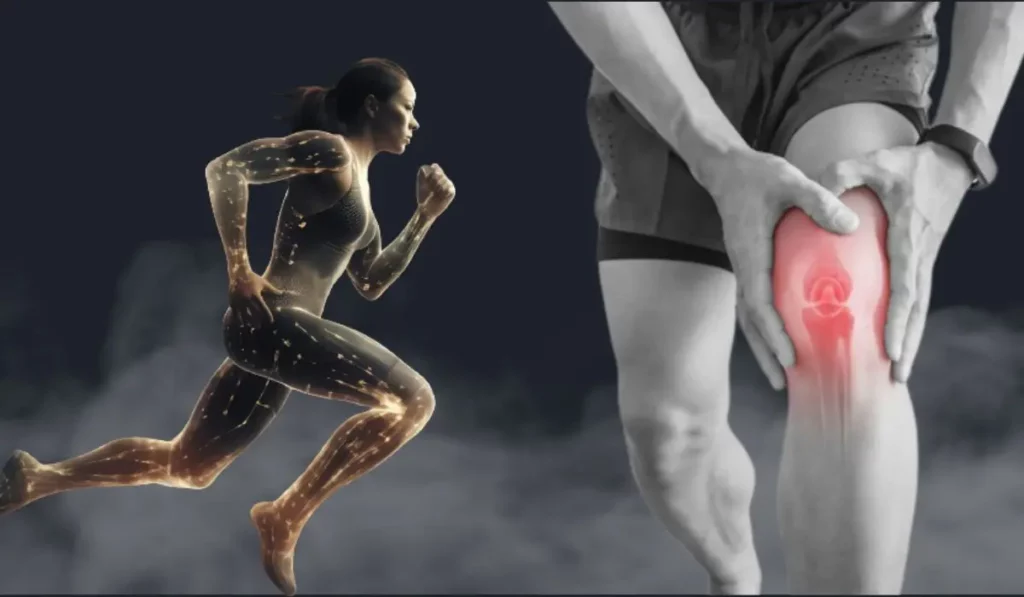Sports Physical Therapy (PT) is a dynamic and evolving field that plays a pivotal role in the health and performance of athletes across the globe. The quest for success in athletics necessitates a thorough comprehension of the complex mechanics of the moving human body.
Extraordinary advances have been made in the discipline of biomechanics, where the mechanical properties of live organisms are meticulously analyzed and decoded.
Recent years have seen a symbiotic relationship develop between sports physical therapy and biomechanics research. This led to groundbreaking innovations that have revolutionized how players are treated, developed, and eventually excel in their particular disciplines.
This article explores the significant influence of biomechanics research on sports physical therapy, shedding light on its complex function. This includes injury prevention, rehabilitation, performance enhancement, and the overall well-being of athletes.
Injury Prevention

Research in biomechanics sheds light on how sports-related injuries happen. Researchers and physical therapists can identify the underlying causes by examining variables like joint angles, stresses, and movement patterns.
Spots PTs can design specialized training plans for athletes using biomechanical data. These programs specifically address the weaknesses and imbalances discovered by biochemical evaluations, lowering the likelihood of overuse or improper technique-related injuries.
Research in biomechanics also helps to design and enhance sporting goods. Understanding the biomechanical requirements of a sport enables the development of safer and more effective equipment, thereby lowering the risk of injury. This includes everything from running shoes to helmets.

Understanding Injury Mechanisms

Customized Training Programs

Equipment – Optimization
Well-being of Athletes
Research on biomechanics helps create training methods and approaches that put less strain on athlete’s bodies. In addition to improving performance, this also benefits athlete’s long-term health by lowering their chance of chronic injuries and early retirement.
A longer career is more likely for athletes who receive PT influenced by biomechanics. They can perform at a high level far into their later years by correcting imbalances and avoiding injuries.
The benefits of biomechanics research extend beyond professional players to those who participate in recreational sports and physical activities. Sports physical therapists apply biochemical concepts to improve people’s overall quality of life at all fitness levels.

Reducing Wear And Tear

Enhancing Longevity

Improved Quality Of Life
Rehabilitation
In order to develop exact and individualized rehabilitation plans, biomechanical tests are helpful. Physical therapists (PTs) can spot dysfunctional movement patterns and design workouts to target these problems, resulting in a quicker and more complete recovery.
During rehabilitation, biomechanics offers objective metrics for monitoring progress. PTs can assist players in returning to their sport safely by using motion capture technologies, force plates, and other biomechanical tools to monitor changes in the range of motion, strength, and movement quality.
Physical therapists can assist athletes in recovering from injuries as well as avoiding reoccurrence by treating the underlying biomechanical causes of those injuries. Re-injury is considerably decreased by strengthening weak areas and enhancing movement patterns.

Precision In Treatment

Objective Monitoring

Preventing Recurrence
Performance Enhancement
Athlete’s total performance is improved by understanding how to efficiently transmit energy through their bodies thanks to biomechanics. Sports requiring exact time and coordination, including baseball, tennis, and golf, benefit greatly from such data.
Athletes and coaches can adjust techniques for optimum performance thanks to biomechanics research. Biomechanics research empowers athletes and coaches with a deeper understanding of these subtleties. By meticulously analyzing video footage and biomechanical data, PTs, and coaches can identify areas where adjustments can be made to enhance an athlete’s technique.
Biomechanical data can help athletes strategically concentrate on the areas that will have the most effects on their performance. This targeted approach to training optimizes their efforts and maximizes results. Moreover, by focusing on areas that have the most significant impact on performance, athletes can channel their efforts effectively.

Efficient Energy Transfer

Optimizing Technique

Strategic Training
Closing Thoughts
Biomechanics research has transformed the field of sports physical therapy, offering innovative solutions for injury prevention, rehabilitation, performance enhancement, and athlete well-being. By delving into the mechanics of human movement, sports PTs can offer the precise, individualized care that not only gets athletes back on their feet but also helps them reach new heights.